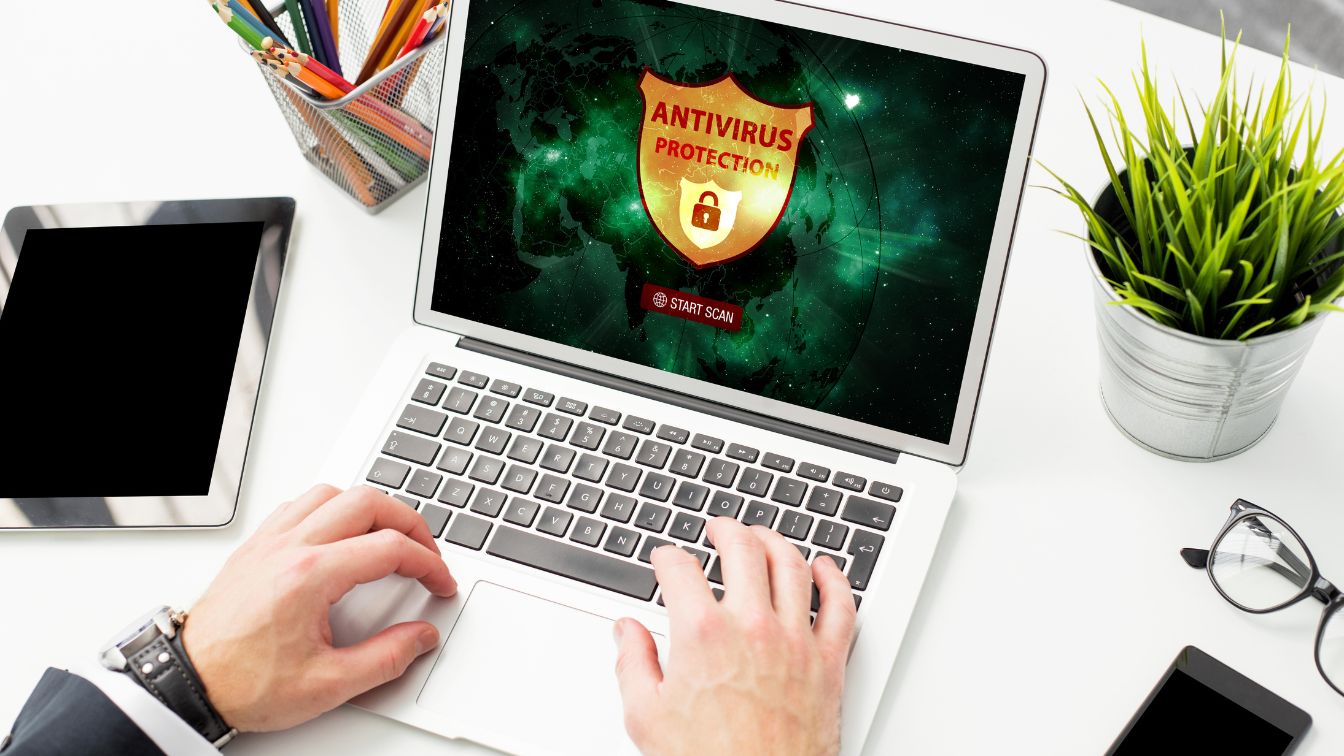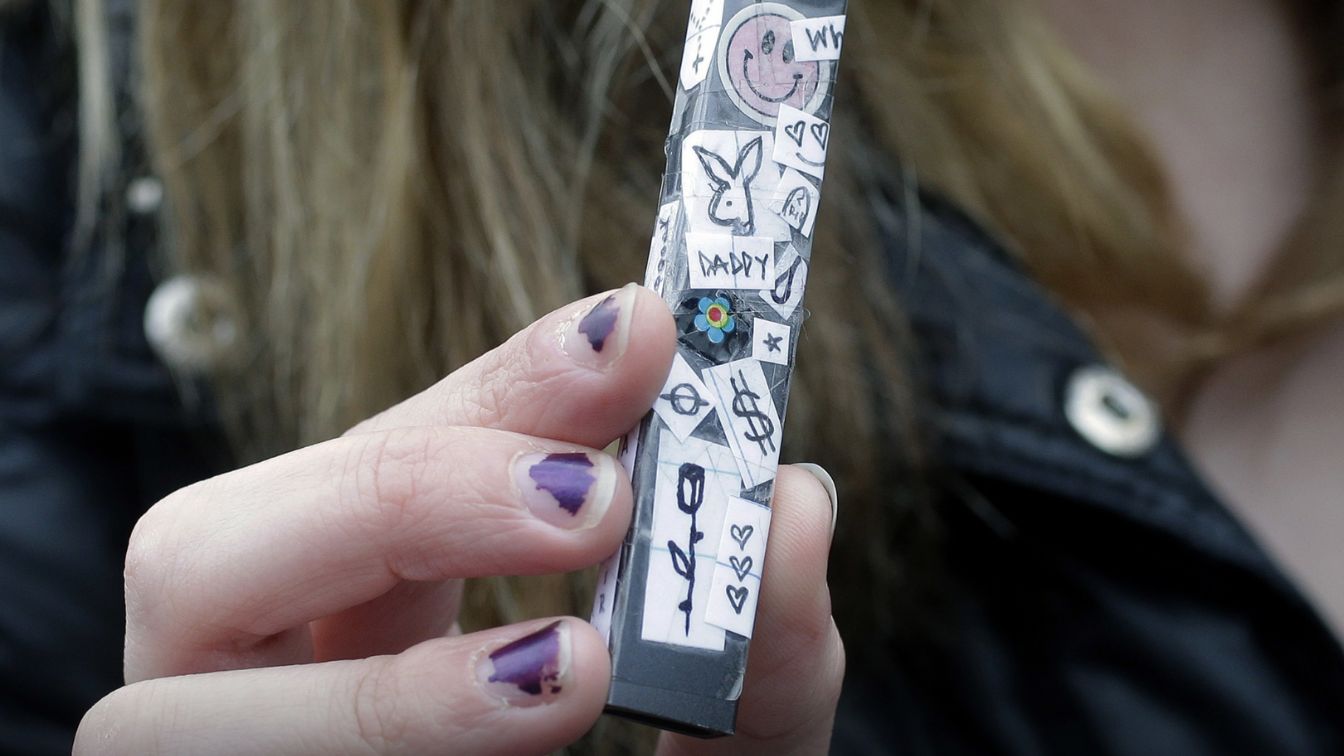Quit Smoking Withdrawals or Cravings – What’s the Difference?

The terms quit smoking withdrawals and cravings are often used interchangeably, but they are actually quite different. In this article we’ll explain the difference to help you better understand the process.
Estimated reading time: 3 minutes
Definitions
withdrawal
The act of withdrawing, the process of ceasing to do something.
craving
A powerful desire for something.
What is withdrawal from smoking?
Withdrawal from smoking, or nicotine withdrawal, is the physical act of ceasing to take nicotine.
Nicotine itself is a colorless, oily compound. It’s the drug contained in tobacco that addicts the smoker or vaper.
Every puff on a cigarette delivers a dose of nicotine.
As soon as the smoker extinguishes a cigarette, the nicotine starts to leave the body and the smoker goes into withdrawal.
This process repeats itself and happens every time you put out a cigarette or finish vaping, remove a patch, throw away your gum etc.
It doesn’t hurt, there’s no pain, just a slight, empty insecure feeling that we know as “I want a cigarette”.
This is our signal to light another cigarette and temporarily relieve the withdrawal. That feels better, we tell ourselves.
Most smokers think that withdrawal pangs are the terrible feelings they suffer when they try to stop smoking. In fact the physical withdrawal is very slight. If it was purely physical you’d wake up every hour during the night suffering from withdrawal pains.
The suffering is actually a mental craving. The smoker is feeling deprived of their crutch or pleasure.
What is a craving?
A craving is a desire to smoke in the belief that we’ll get some pleasure, benefit or satisfaction from a cigarette.
From an early age we’ve been told that smoking relaxes, relieves stress and boredom and is enjoyable (It isn’t but that’s a whole other blog article).
We crave a cigarette in the belief that it will help us relax or cope with stress. If we can’t have one, we feel miserable and deprived and our desire to smoke becomes even stronger.
For example, if our routine is to have a cigarette with our morning coffee and we can’t have one, the desire or cravings become intense and we can’t stop thinking about it. This part is the psychological addiction.
How do the two work together?
Imagine the physical addiction to nicotine as your little monster and the psychological addiction as your big monster. The little monster is in your body and the big monster is in your head.
When you put out a cigarette and deprive the little monster of nicotine, that’s withdrawal.
It sends a message to the big monster in your head, “I want a cigarette”.
The way you interpret this message depends on how you see cigarettes.
If you value smoking, If you believe there is a benefit in it, then the big monster will trigger a craving for a cigarette, giving you a sense of loss if you can’t have one.
If you don’t want a cigarette or see no benefit in one, you won’t desire or crave one.
Breaking the cycle
So withdrawals are the slight physical and cravings are the big mental.
The awful feelings are caused by the mental process of wanting a cigarette but not being allowed to have one.
If you can remove the perceived benefits and silence the big monster, you won’t crave a cigarette.
Yes, you’ll go through a few days of withdrawal (3 days according to CDC); yes, you’ll still think about smoking, but that’s not a craving, that’s just a thought.
With the right knowledge and understanding, the withdrawal period can be celebrated and you’re well on your way to being a happy non-smoker.

get started
Sign up for free advice, support and resources to start you on your quit smoking journey.



